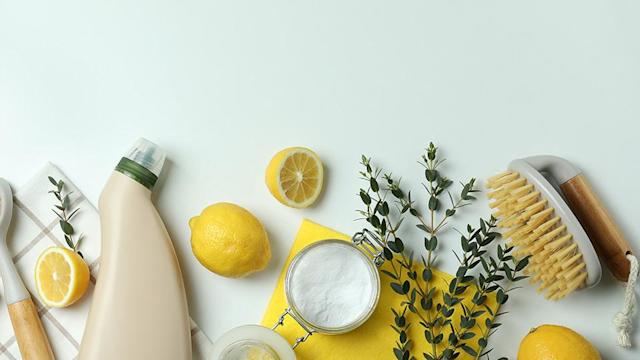The 2021 report of United Nations found that plastic pollution in the world oceans is growing rapidly. And a major part of this plastics comes from Home Care products waste.
Good news is that today we have access to more opportunities to use innovative materials and technologies to produce more environmentally friendly and sustainable Packaging than ever.
Some of most exciting trends in materials for 2022 of Home Care Packaging that could save the Planet, and that Manufacturers could implement:
Reduce, Reuse, Recycle
Reduce the volume of packaging to just essentials.
It can be reused or refill, without sacrificing quality or purpose.
Or it is fully recyclable.
This trend, 50 years old is here to stay.
Developing Paper Market
Paper and Card materials, like bamboo paper, stone paper, organic cotton, pressed hay, cornstarch… Have become a clear alternative to plastics.
But, it is not as effective protecting and maintain the integrity of packaged products.
And, another but, these materials need to be of a certain thickness and sturdiness, so they cannot be easily recycled.
Reduce and Replace Microplastics in Home Care market
Microplastics are a big problem, a hidden enemy that enters our water systems and food chains, causing harm.
Natural alternatives are coming to reduce our reliance to microplastics and save from their pervasive damage.
Shift to Monomaterials
There are a lot of hidden materials inside a lot of packaging (laminated or composite packaging) that make them unrecyclable.
More than one material means that it is difficult to separate into various components to recycle.
Designing Monomaterial packaging solves the issue.
Compostable and Biodegradable Packaging
This packaging breaks down naturally into the environment without causing any adverse effects on the wildlife.
More and more clothing and retail brands have adopted compostable packaging to lower their carbon footprint.
Bioplastics
Formation of plastic with biological materials. In order to replace fossil-fuel-based plastics are not necessarily biodegradable, but they help ease the carbon footprint somewhat.
Environmentally – Friendly Inks
Many of the inks used are harmful for the environment, causing acidification. But, more and more, vegetable and soy-based inks, both biodegradable and less likely to release toxic chemicals, are appearing.
Home Care is one of the markets with an unprecedent rate of growth in 2020, as a result of the Covid-19 pandemic and with expectation to grow faster than pre pandemic levels during than coming years.
The more Manufacturers produce Home Care products with Sustainable Packaging, the less plastic pollution will be in the world’s ocean, among other consequences
Sources:
- 4 Sustainable Trends for Personal and Home Care Packaging | Jabil
- Top 9 Sustainable Packaging Trends – Sphera
- Packaging can make homecare more sustainable – Canadian Packaging
- Sustainable Packaging in Laundry & Homecare: Technology Scouting, Products, Open Innovation & Market Research Report – Signicent LLP
